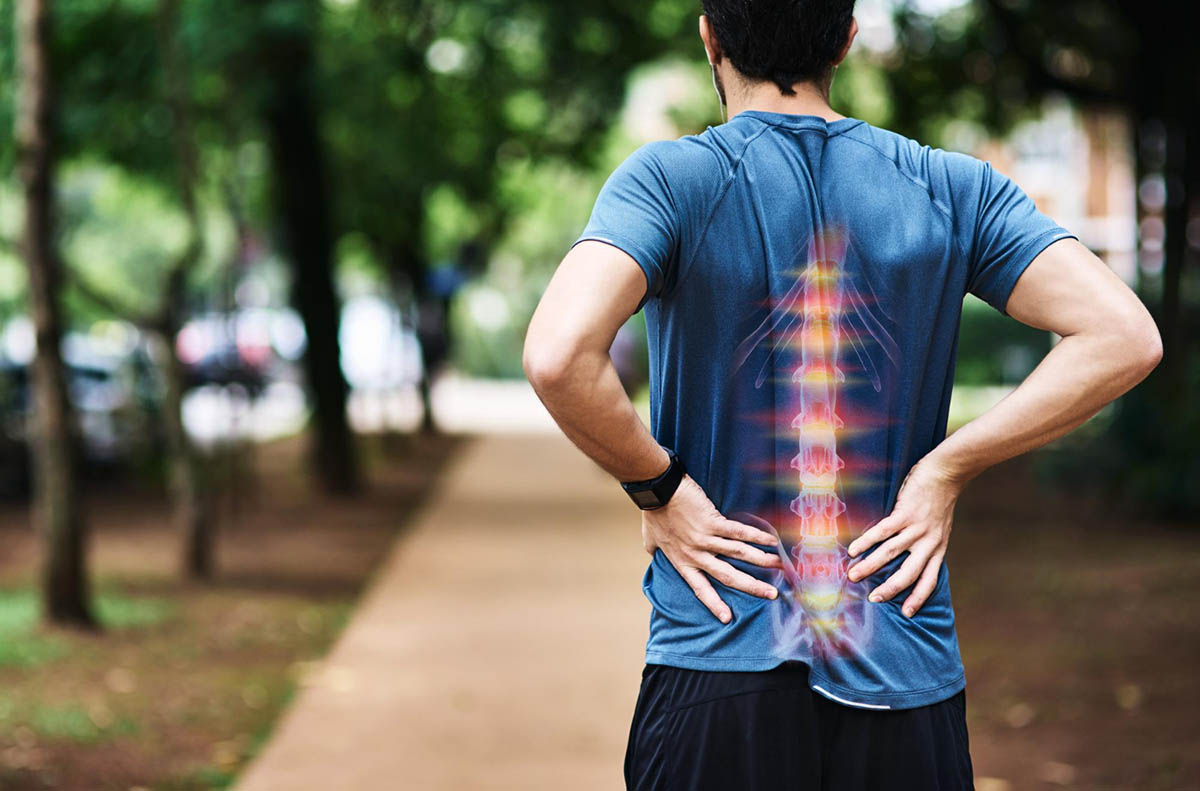Have you ever felt a sudden sharp pain in your back during a workout or maybe while just bending over to tie your shoes? That unwelcome jolt is likely a back spasm. Here at Revival Physical Therapy, with locations in both North Loop, Minneapolis, and Robbinsdale, we tackle back health head-on, combining expert advice, practical steps, and yes, a little humor to help you navigate the choppy waters of back spasms.
Understanding Back Spasms: It’s Not Just You
Back spasms are unexpected and involuntary contractions of the muscles in your back. While often temporary, they can be intensely painful and a sign that your back is overstressed or unhappy. Let’s explore why these spasms strike and how you can address them effectively.
Why Do Spasms Happen?
- Overexertion and Fatigue: Pushing your muscles too hard, especially during high-intensity workouts or repetitive tasks, can lead to spasms.
- Poor Posture: Years of slouching or consistently poor posture can put undue stress on your back muscles.
- Stress and Anxiety: Emotional stress can manifest physically, causing your back muscles to contract suddenly.
- Underlying Health Issues: Conditions like herniated discs, arthritis, or spinal stenosis can also trigger spasms as a symptom of broader issues.
Revival PT’s Three-Phase Recovery Plan
At Revival Physical Therapy, whether you’re visiting our North Loop location or our Robbinsdale clinic, we don’t just treat symptoms—we strive for comprehensive recovery. Here’s how we approach the healing process:
Phase 1: Symptom Management
- Manual Therapy: Gentle massage and manipulation to ease muscle tightness.
- Heat Therapy: Applying heat to relax and soothe spasming muscles.
- Controlled Stretching: Specific stretches to gently elongate and relax your back muscles without causing further irritation.
Phase 2: Root Cause Analysis
- Posture Correction: Training and exercises to improve your posture and reduce the strain on your back.
- Strengthening Exercises: Building up the muscles in your back, abdomen, and hips to provide better support and alignment for your spine.
- Lifestyle Modifications: Adjustments in your daily habits and work setup to maintain a healthy back.
Phase 3: Reinforcement and Prevention
- Advanced Strength Training: Integrating more robust exercises to enhance muscle endurance and resilience.
- Education on Body Mechanics: Teaching you how to move properly during daily activities and exercise to avoid triggering new spasms.
- Ongoing Support: Regular check-ins and tune-ups to ensure your back stays healthy and strong.
FAQs: Answering Your Top Questions About Back Spasms

Q: How long do back spasms typically last?
Q: Can exercise help prevent back spasms?
Q: When should I seek professional help for back spasms?
A: If your spasms are frequent, severe, or affect your ability to function normally, it’s time to see a physical therapist. Also, consult a professional if you experience symptoms like numbness, tingling, or loss of bowel or bladder control.
Community and Education: More Than Just Treatment
At Revival Physical Therapy, your journey doesn’t end with recovery. We offer workshops, group classes, and a wealth of online resources to keep you informed and engaged. Our community-focused approach ensures you have the support and knowledge to lead a healthy, active life.You can visit us at our North Loop location in Minneapolis at 800 N Washington Ave Suite 5, Minneapolis, MN 55401 or our Robbinsdale location at 4123 W Broadway, Robbinsdale, MN 55422.


